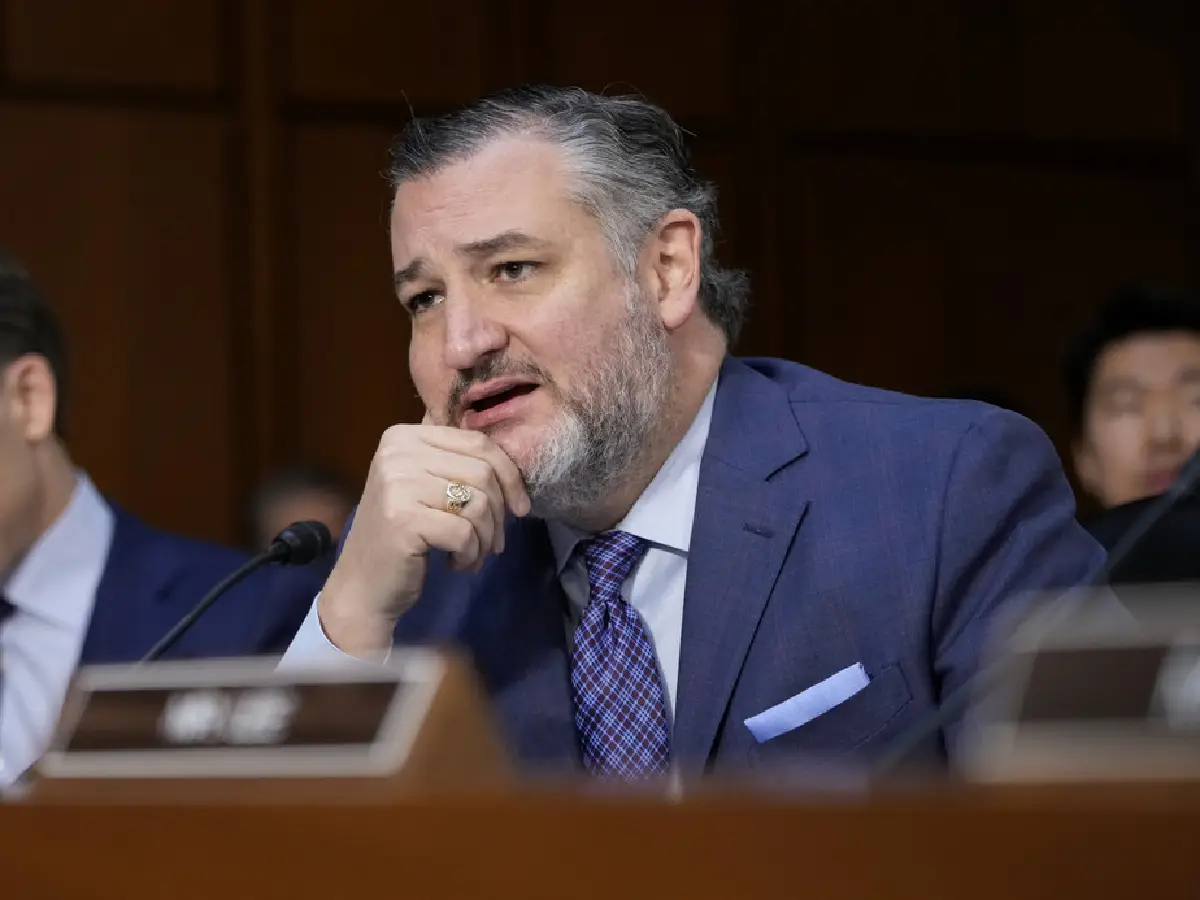In a strategic move that may come with significant political repercussions, Senate Republicans are maneuvering to prevent Democrats from having a say in the continued validity of President Trump’s 2017 tax cuts. This Republican strategy aims to sustain one of the Trump administration’s most significant legislative achievements—the Tax Cuts and Jobs Act (TCJA)—without Democratic intervention. However, this tactic, while potentially solidifying the tax cuts in the short term, might also provide Democrats with powerful ammunition for future electoral campaigns.
The TCJA, enacted in December 2017, was touted by the Trump administration and Republican lawmakers as a crucial boost for economic growth and a necessary relief for middle-class taxpayers. The law notably decreased the corporate tax rate from 35% to 21% and introduced various changes aimed at simplifying the tax process for individuals and businesses. However, many of the provisions set forth in the TCJA are due to expire by 2025, and their longevity is now at the heart of the current political stranglehold.
Senate Republicans are focused on securing the continuation of these tax policies before any expiry can mobilize to challenge them. Republicans aim to either extend or make permanent these cuts, asserting that such measures will prevent a large tax increase on American families and continue to stimulate economic growth. Yet, by pushing to decide the fate of the tax cuts along partisan lines, Republicans risk excluding Democrats from the negotiation table, a move that could stoke partisan tensions and alienate sections of the electorate who favor bipartisan solutions.
Democrats, on the other hand, have criticized the TCJA for disproportionately benefiting wealthy corporations and the top income earners. They argue that while the tax reform has led to stock buybacks and higher dividends, it has done less to address wage stagnation and income disparity among middle and lower-income Americans. Democrats are likely to continue pushing for a reevaluation of the tax cuts, advocating for adjustments that would promote more equitable economic growth and wealth distribution.
The exclusion of Democrats from discussions about the future of the TCJA could have electoral implications as well. It provides the Democratic Party with a narrative of Republican exclusivity and partisanship, which could resonate with voters who feel disenfranchised by the current economic policies. This could prove particularly impactful in swing states where narrow margins can determine electoral outcomes, and where messages about fairness and inclusion carry significant weight.
Moreover, the focus on the TCJA and the potential for an increased tax burden could galvanize voter bases as the 2024 elections draw near. Both parties could mobilize core supporters with the looming tax discussions, making tax policy a central theme in congressional and presidential campaigns.
As Senate Republicans forge ahead with their plans to control the narrative and legislative future of the 2017 tax cuts, they must also navigate the possible long-term consequences of their actions. While solidifying the TCJA could secure a cornerstone of Republican economic policy, doing so without bipartisan support might undermine the broader appeal of their legislative agenda.
In sum, the Republican strategy regarding President Trump’s tax cuts not only highlights the ongoing partisan divides in American politics but also sets the stage for a crucial battleground in coming years. How each party chooses to handle the situation could very well shape the political landscape, influencing voter perceptions and decisions in the lead-up to the next significant electoral cycle.










